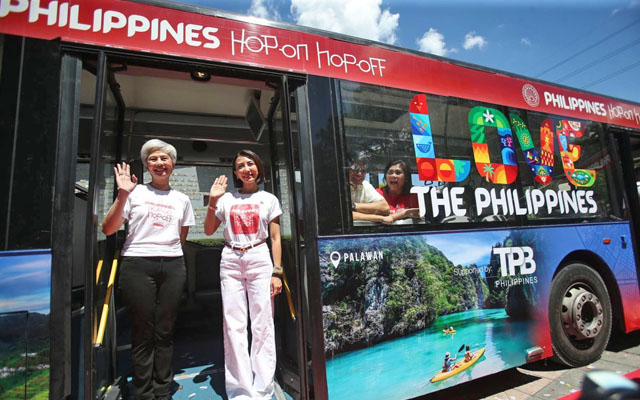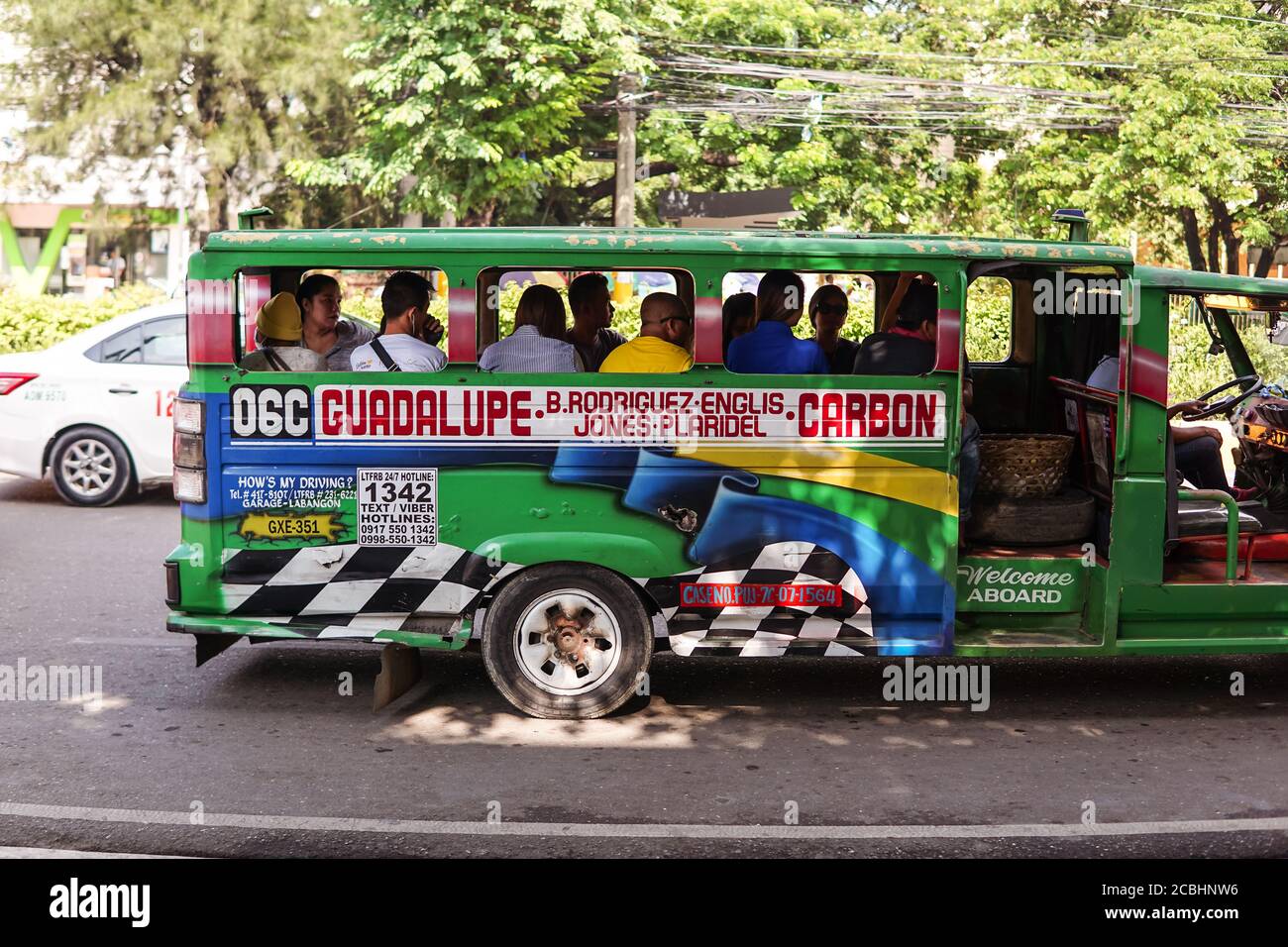Transit Advertising Philippines: Reach Countless Commuters Daily
Understanding the Function of Transit Advertising in Enhancing Brand Name Visibility and Consumer Engagement
Transportation marketing has actually emerged as a crucial aspect in the advertising and marketing landscape, providing special possibilities for brand names to boost their visibility and involve consumers properly. With the capability to reach a varied and restricted target market throughout their daily commutes, these advertising approaches are not just about exposure; they have to do with producing purposeful connections with possible consumers. As we discover the diverse advantages and cutting-edge strategies within transportation advertising and marketing, it ends up being vital to think about how these elements jointly influence consumer understanding and actions, questioning about their long-lasting influence on brand name loyalty.
Interpretation of Transit Advertising And Marketing
Transit marketing describes the practice of promoting products, services, or brands with ads positioned in and around mass transit systems. This form of marketing encompasses a variety of positionings, including posters on buses and trains, digital displays at transportation terminals, and wraps on the outside of cars. It intends to reach a diverse target market, capitalizing on the high foot website traffic connected with public transportation.
Transportation marketing is tactically positioned to record the focus of commuters, who often invest significant time taking a trip or waiting. By incorporating promotions into the daily regimens of individuals, brand names can produce a lasting impact and foster brand recognition. The tool is especially effective in city atmospheres, where public transportation is a main mode of traveling.
Furthermore, transit advertising and marketing can promote localized targeting, permitting services to reach certain demographics based on transportation routes and station areas. As metropolitan populaces grow and using public transport boosts, this advertising and marketing technique has actually acquired prestige as an important part of integrated advertising and marketing techniques. The vibrant nature of transit advertising and marketing, incorporated with its capability to involve consumers in a captive environment, underscores its value in contemporary marketing practices.
Advantages of Transportation Advertising
The effectiveness of transportation marketing hinges on its ability to supply a wide range of advantages to brands looking for to improve presence and engagement. Among the key advantages is the comprehensive reach it supplies; transit advertisements can efficiently target varied demographics throughout urban locations, getting to both travelers and pedestrians alike. This broad direct exposure considerably boosts brand understanding.
An additional benefit is the high regularity of impacts. As transportation cars take a trip along established paths and quit at multiple locations, they produce recurring exposure that enhances brand messages. This frequency promotes knowledge, which is essential in consumer decision-making.
Transportation marketing is likewise economical contrasted to other media systems. Offered its extensive reach and capacity for high perceptions, brands often experience a lower price per thousand impacts (CPM), optimizing their marketing budget.
Moreover, transportation advertisements can produce a sense of area link. By lining up with regional transportation systems, brands can reverberate with local target markets and promote a sense of local satisfaction. This local method improves brand commitment and interaction, making transit advertising an engaging option for companies intending to solidify their presence in the market.

Effective Strategies for Transportation Campaigns
To make the most of the impact of transportation campaigns, brand names must take advantage of strategic preparation and execution customized to their target audience. First, determining the demographic features of the target market utilizing public transportation is vital. This enables brands to create personalized messaging that reverberates with prospective consumers.
Next, selecting the appropriate transportation mediums is vital. Whether utilizing bus covers, metro posters, or digital screens, each tool has one-of-a-kind benefits that can boost exposure. For example, dynamic visuals on bus wraps can stand out, while electronic advertisements can be upgraded regularly to mirror timely promotions.
In addition, integrating a natural branding strategy across transportation platforms makes sure consistency and enhances additional reading the brand name's identity. Making use of remarkable taglines and appealing layouts will enhance brand name recall among commuters.
Last but not least, timing is an essential consider performing effective transportation campaigns. Launching campaigns during height traveling hours or neighborhood occasions can significantly enhance exposure and interaction. By utilizing these methods, brand names can properly harness the potential of transportation advertising, promoting higher understanding and link with their target audience. Eventually, a well-executed transit campaign can drive considerable growth in brand name visibility and consumer engagement.

Measuring Effect and Interaction
In examining the efficiency of transit ad campaign, precise measurement of effect and interaction is vital for brand names seeking to maximize their advertising and marketing methods. Metrics such as reach, regularity, and impacts give fundamental information to examine exposure. Evaluating these variables assists identify the number of possible clients are exposed to the promotions during their day-to-day commutes.
Engagement can be more evaluated via consumer communications, such as web site traffic, social media sites discusses, and straight reactions to calls-to-action included in the ads. Making use of tools like QR codes or unique Links can facilitate monitoring of consumer behavior straight linked to transportation campaigns. Studies and comments devices also work as important approaches to gather qualitative information on consumer assumptions and recall of the ad.
Moreover, progressed analytics and attribution versions can correlate transportation exposure with subsequent investing in habits, offering understandings right into the return on investment. By using an extensive strategy that combines measurable and qualitative measures, brands can establish a nuanced understanding of their transportation advertising impact. Eventually, this data-driven approach enables brands to fine-tune their projects, guaranteeing they resonate efficiently with target market and boost total brand exposure.
Instance Studies of Successful Projects
Successful transit marketing campaign act as engaging instances of just how efficient strategies can elevate brand exposure and interaction. Transit Advertising Philippines. One noteworthy situation is the "I Love New york city" campaign, which transformed the city's image and attracted millions of tourists. By utilizing metro advertisements, signboards, and bus wraps, the campaign created a solid, why not look here natural brand name identity, resulting in a considerable uptick in tourism and regional service patronage
An additional excellent project is Coca-Cola's "Share a Coke" effort, which leveraged transit advertising and marketing to individualize the brand name experience. By including prominent names on marketing materials across numerous transportation systems, Coca-Cola promoted a much deeper emotional connection with consumers, encouraging them to share their experiences on social media.
Additionally, the "Got Milk?" campaign properly used public transport advertisements to get to a wide target market, enhancing the message of the importance of milk in a balanced diet regimen. The project saw a quantifiable increase in milk consumption in target demographics.
These study show that when carried out thoughtfully, transit advertising can substantially improve brand name presence, foster consumer interaction, and drive measurable results, showing its crucial role in modern-day advertising techniques. - Transit Advertising Philippines
Conclusion
To conclude, transit advertising and marketing functions as a vital device for improving brand name exposure and cultivating consumer engagement. By using strategically put advertisements within mass transit systems, brands can successfully reach varied audiences and strengthen recognition via consistent direct exposure. The implementation of targeted messaging and innovative methods better enhances the effect of transportation campaigns. Ultimately, the capability to gauge engagement and evaluate effective instance studies highlights the efficiency of transportation marketing in driving brand name commitment and consumer communications.
Transportation advertising and marketing has actually emerged as an essential aspect in the advertising landscape, using special chances for brands to elevate their exposure and engage consumers effectively.Additionally, transit advertising can help with local targeting, enabling services to reach specific demographics based on transportation courses and terminal places.In assessing the effectiveness of transportation advertising and marketing campaigns, my review here precise measurement of influence and involvement is important for brands looking for to enhance their advertising techniques.Successful transportation marketing campaigns offer as engaging examples of how effective approaches can raise brand presence and involvement.In final thought, transit marketing serves as a vital device for improving brand presence and promoting customer interaction.